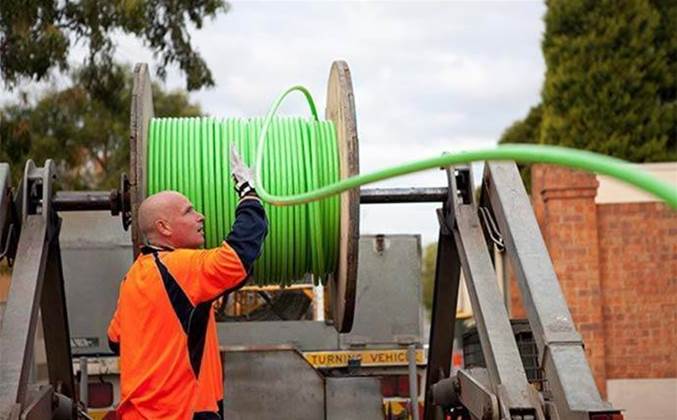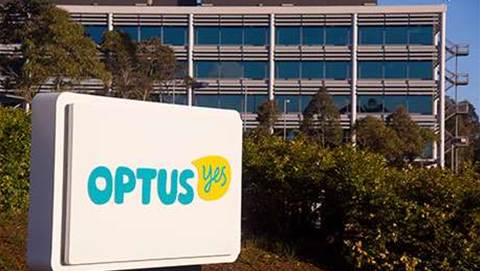NBN Co saw rises in the cost-per-premises for two-thirds of its access technologies in the first half of FY20, with hybrid-fibre coaxial (HFC) and fibre-to-the-curb (FTTC) costs now higher than the company’s corporate plan forecasts.

The company said today that complexities encountered in the home stretch of the main network build contributed to the higher-than-anticipated numbers.
NBN Co saw its HFC costs rise $154 per premises to $2744 in the last six months of 2019. It had forecast a cost-per-premises (CPP) of $2660 for the full year - FY20 - in its most recent corporate plan.
In addition, FTTC cost-per-premises rose $120 in the last six months of 2019 to $3249, against a corporate plan forecast of $3200.
Fibre-to-the-node (FTTN) and fibre-to-the-basement (FTTB) costs rose $63 per premises to $2331 in the final six months of 2019, marginally under its FY20 forecast number of $2340.
“We are now at the most challenging stage of the build where we are rolling out more complex premises and areas,” NBN Co’s chief financial officer Philip Knox told an earnings call.
“As a result CPP has increased across the HFC, FTTN and FTTC access networks.
“CPP for the HFC and FTTC technologies increased over the past six months, and is above our corporate plan expectations due to greater civil and pit works being required in the later stages of the build, a higher proportion of premises requiring lead-ins to be installed and higher connection costs for activations.
“The growth in FTTN CPP is driven primarily by the increasing percentage of FTTB premises across the build, and higher connection cost for activations.”
Fixed wireless cost-per-premises was up substantially for the period as NBN Co incorporated a reduction in the number of premises in that footprint.
The effect of that is that the cost-per-premises in fixed wireless is up $456 to $4294, but this also remains within the corporate plan expectations of $4370.
NBN Co CEO Stephen Rue said the hikes were in part the result of the company “ensuring that the customer experience for people is good when they seek to connect to the network”.
In the past, it has had issues with declaring premises ready to take a connection, only to then have to perform additional work to make the connection serviceable.
Rue anticipated the HFC numbers stabilising. “The HFC build is primarily done at this stage,” he said.
The picture is slightly more uncertain for FTTC, given the company is still tracking behind its FY20 rollout targets for that particular access technology.
“In FTTC, we expect to see ongoing costs in terms of civil build and lead-ins, and indeed in terms of complex areas in the second half of the year,” Rue said.
A further CPP complication is likely to be the effect of around 100,000 difficult-to-serve premises that won't be connected until sometime after the main June 2020 completion.
Rue said these included heritage sites, airports, ports and other premises that had challenging site access requirements.
NBN Co recorded revenue of $1.81 billion in the six months to 31 December 2019.
It managed to see average revenue per user (ARPU) in residential rise from $43 to $45, as more customers were driven to take up plans with speeds of 50Mbps and above.



.png&h=140&w=231&c=1&s=0)


 iTnews Executive Retreat - Security Leaders Edition
iTnews Executive Retreat - Security Leaders Edition












_(1).jpg&h=140&w=231&c=1&s=0)



